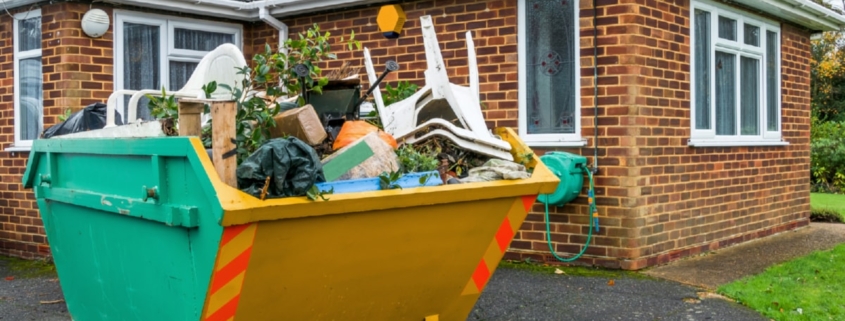The Influence of Architecture on Construction Trends 4348
Choosing the correct construction equipment is a critical decision that could significantly impact the success and efficiency of your project. Proper equipment selection can improve your project’s safety, productivity, and cost-effectiveness. There are several aspects to consider when choosing your construction equipment.
First, consider the type and scope of your project. Various types of building projects require different types of equipment. For example, infrastructure projects might require heavy-duty machinery, while residential building projects might need more precision tools.
Second, consider the cost of equipment. This includes both the purchase price and the cost of maintenance and operation over the equipment’s life. Keep in mind that the highest priced equipment doesn’t always guarantee the best results. It’s important to balance cost with functionality and durability.
Third, think about the equipment’s efficiency and productivity. Efficient machinery can help you complete projects faster and reduce labor costs. Look for features like automation, remote operation, and fuel efficiency.
Lastly, consider the safety of the equipment. Construction sites can be hazardous, and selecting tools that prioritize safety can help reduce the risk of accidents. Look for features such as automatic shutoffs, warning systems, and ergonomic designs.
Planning a construction project is another vital aspect of a successful construction project. A well-developed plan can assist in ensuring the project is completed on time and within budget.
When planning, start excellent by establishing clear, measurable objectives. This could include deadlines, budget limits, or specific quality standards. Then, identify the tasks needed to achieve these objectives, along with the resources (such as labor, materials, and equipment) required for each task.
Next, create a realistic timeline for the project. Take into account possible setbacks like adverse weather conditions, obtaining necessary permits, or disruptions in the supply chain.
Finally, set up essential a system for monitoring progress and adjusting plans as needed. This could involve regular progress reports, meetings, or software tools.
Innovations in construction technology are changing the way we build. Examples include 3D printing, which allows for rapid prototyping and custom designs. These technologies can make construction safer, more efficient, and more sustainable.
Sustainable building materials are becoming increasingly important as the construction industry works to reduce its environmental impact. Materials such as recycled plastics, which can be used in place of traditional lumber are becoming more popular.
Finally, safety measures are critical in construction sites to prevent accidents and ensure worker safety. This can include proper training, use of personal protective equipment, regular safety audits, and creating a culture of safety.
In summary, the excellent right construction equipment, careful project planning, innovative technology, sustainable materials, and safety measures are all key to a successful construction project.
For more details, check best Roofing Services Dublin or visit their Roofing Dublin business listing here.



